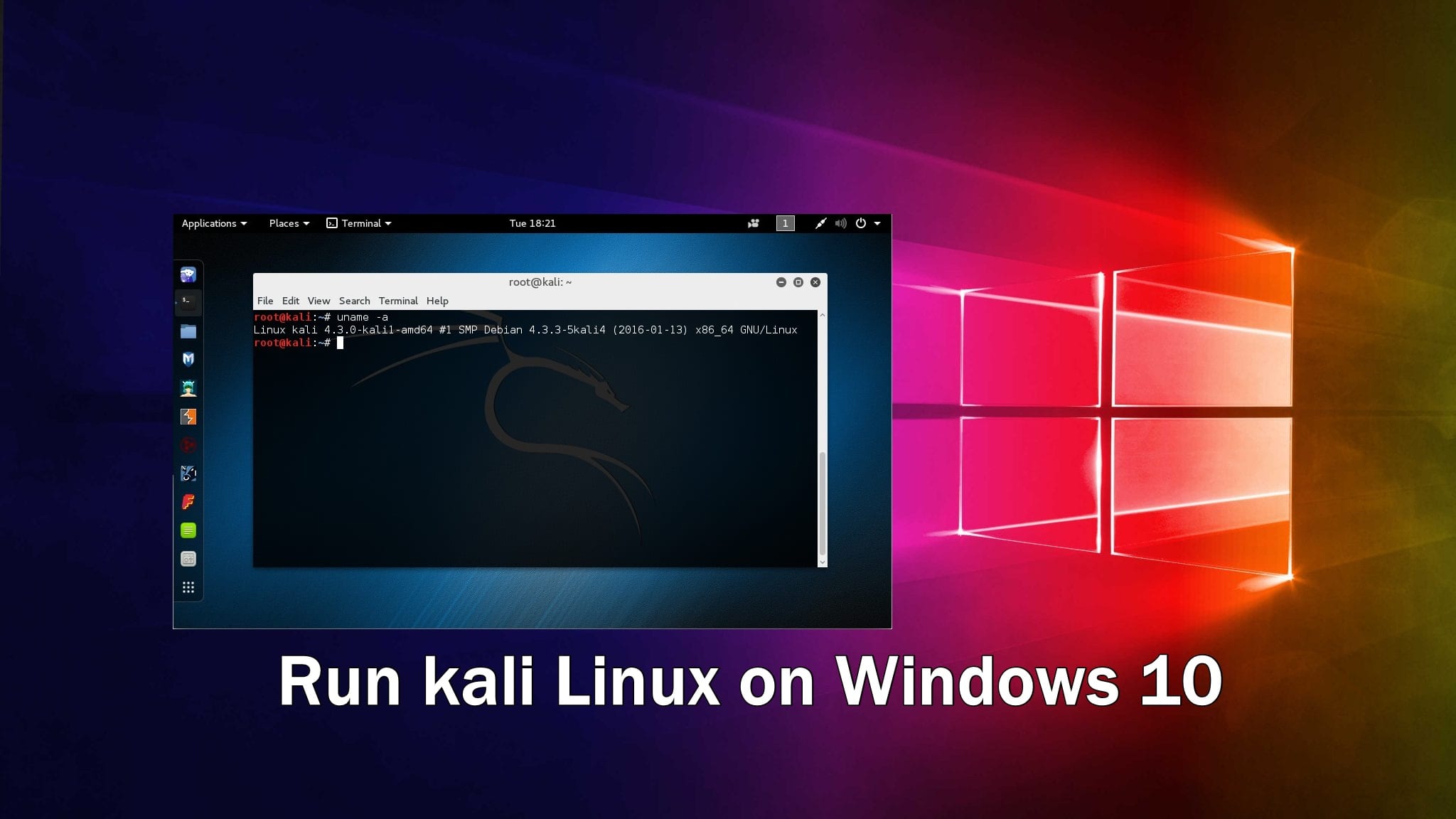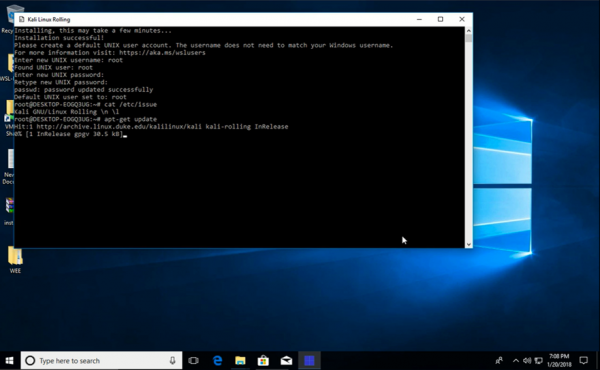

You'll probably want something more robust like MySQL or PostgreSQL. Chances are you won't want to use it because it's stored as a simple file on disk. Rails ships with sqlite3 as the default database. Rbenv users need to run rbenv rehash after installing bundler. The last step is to install Bundler gem install bundler To install Ruby and set the default version, we'll run the following commands:Ĭonfirm the default Ruby version matches the version you just installed. First you install rbenv, and then ruby-build:Įcho 'export PATH="$HOME/.rbenv/bin:$PATH"' > ~/.bashrcĮcho 'eval "$(rbenv init -)"' > ~/.bashrcĮcho 'export PATH="$HOME/.rbenv/plugins/ruby-build/bin:$PATH"' > ~/.bashrc Installing with rbenv is a simple two step process. Next we're going to be installing Ruby with a version manager called Rbenv.

Sudo apt-get install git-core curl zlib1g-dev build-essential libssl-dev libreadline-dev libyaml-dev libsqlite3-dev sqlite3 libxml2-dev libxslt1-dev libcurl4-openssl-dev software-properties-common libffi-dev The first step is to install some dependencies for Ruby.


 0 kommentar(er)
0 kommentar(er)
